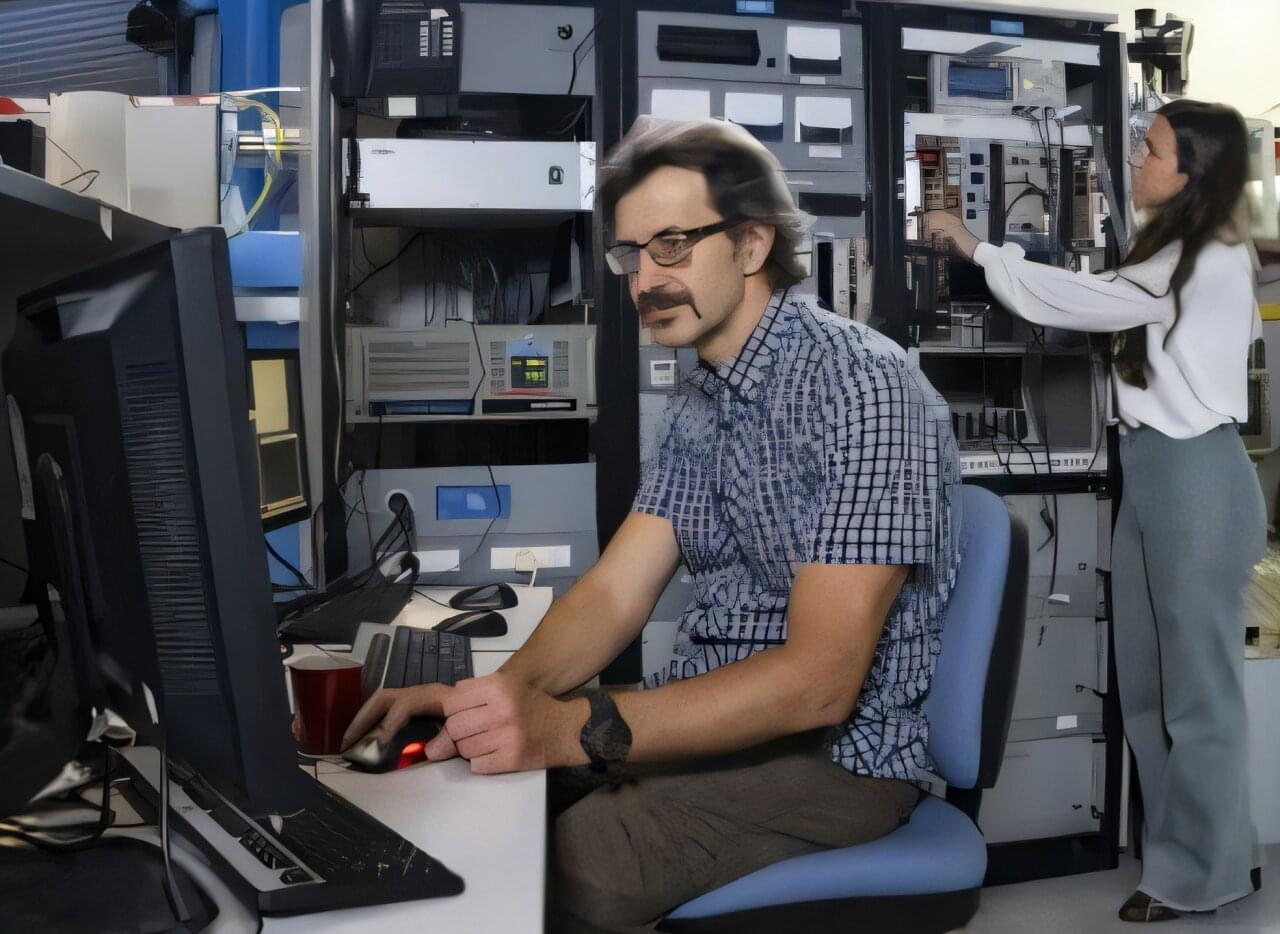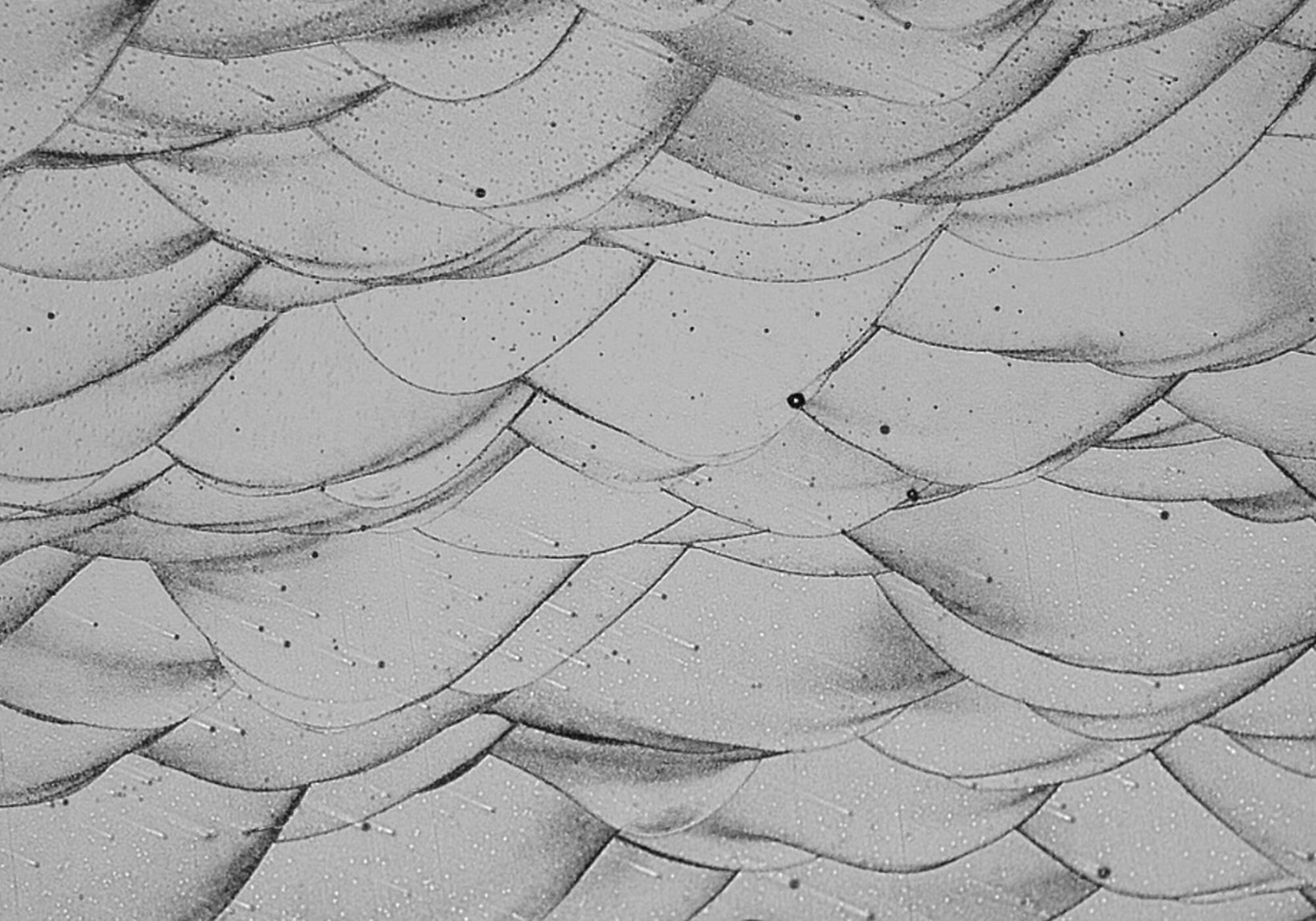In late November, airlines around the world were told to urgently ground planes within their Airbus A320 fleets. Investigators had found that intense bursts of solar radiation could corrupt data inside a flight-control computer, potentially causing an aircraft to pitch unexpectedly. Pitch is the movement of the aircraft nose upward or downward.
Approximately 6,000 aircraft from the A320 family, about half of all A320s flying globally, needed immediate software changes before they could carry passengers again.
In Australia, Jetstar canceled around 90 flights and disrupted travel for more than 15,000 passengers, while engineers worked through the night to install the fix.








